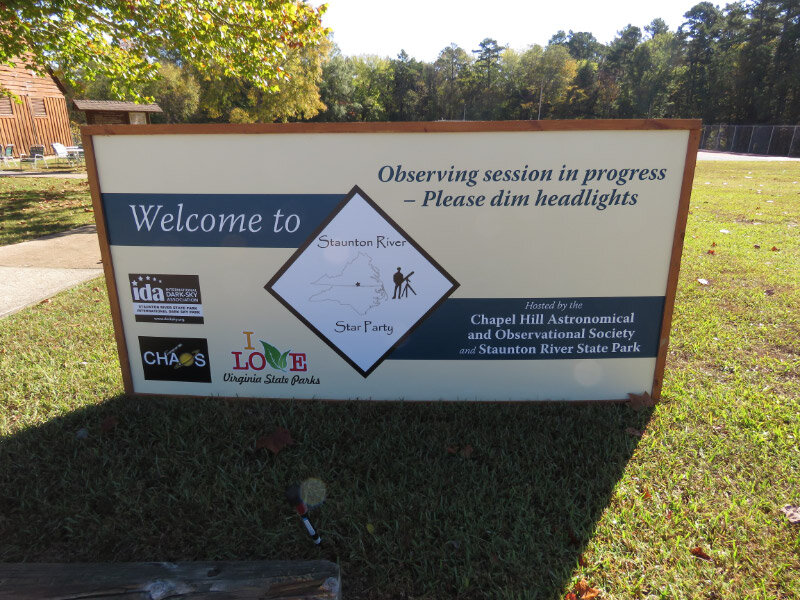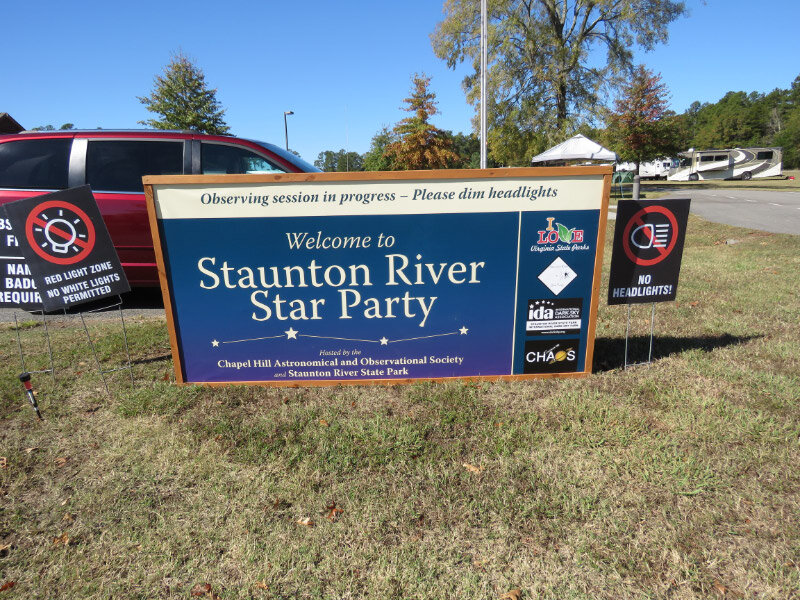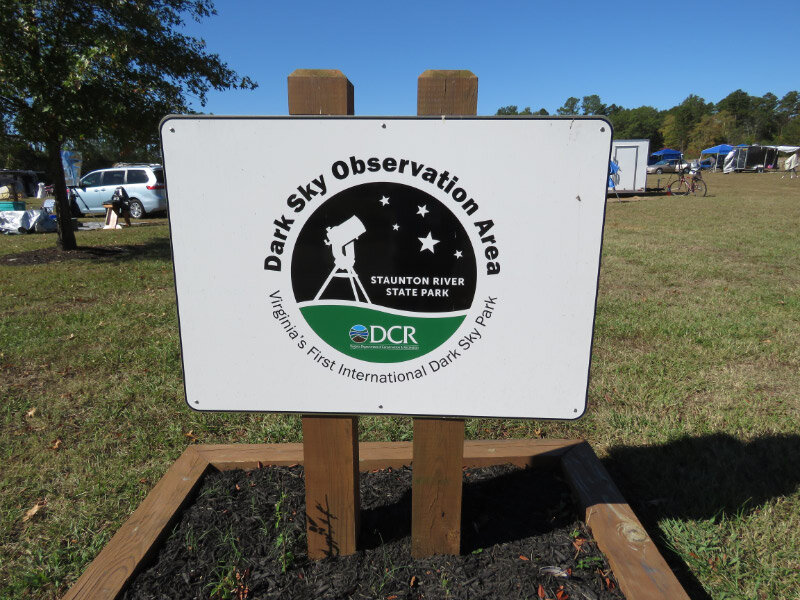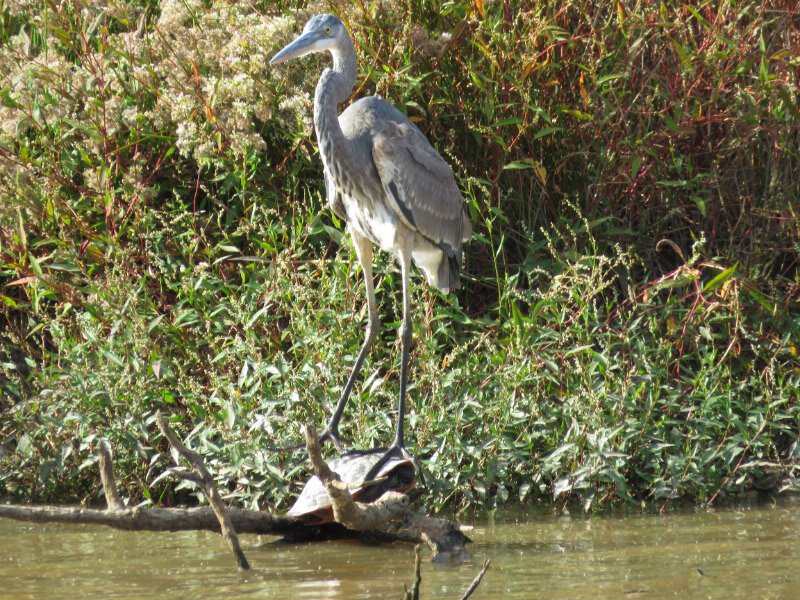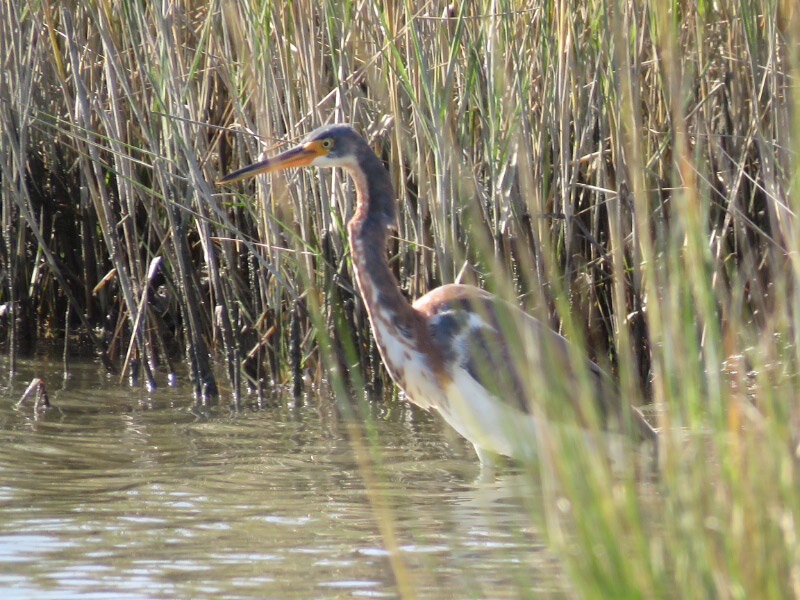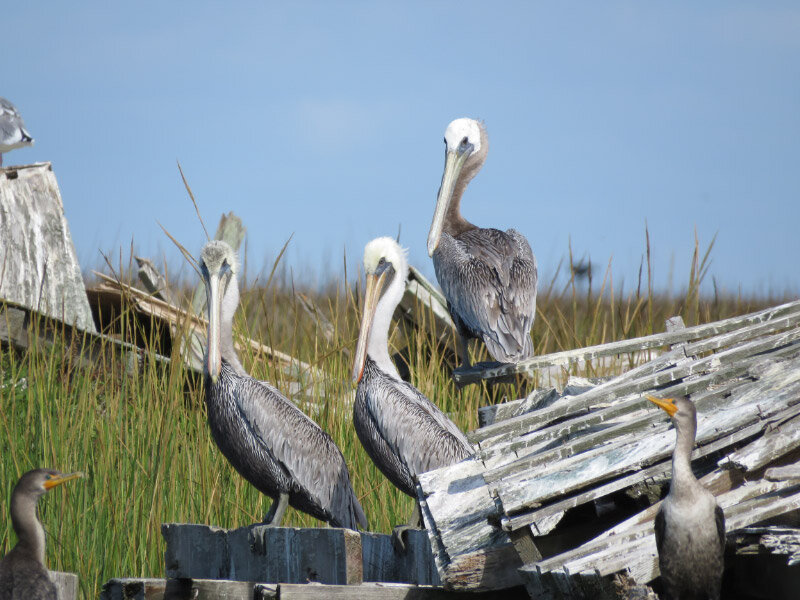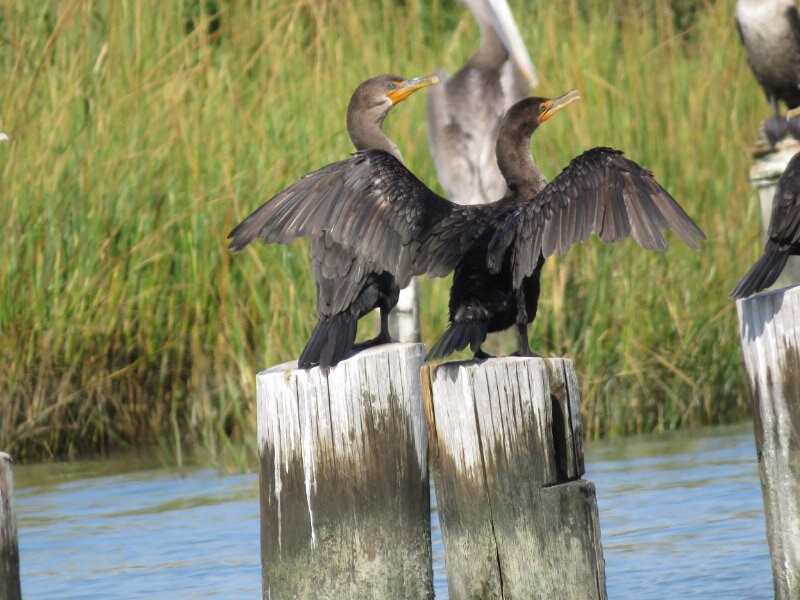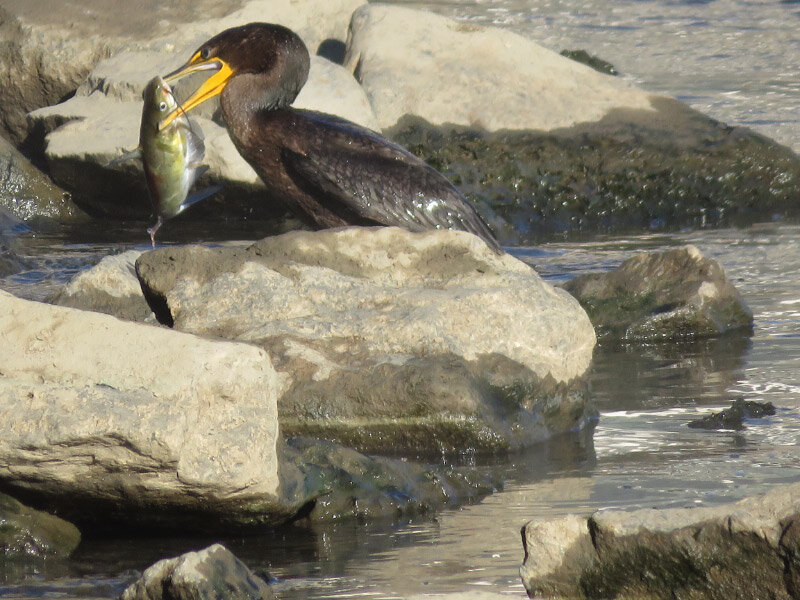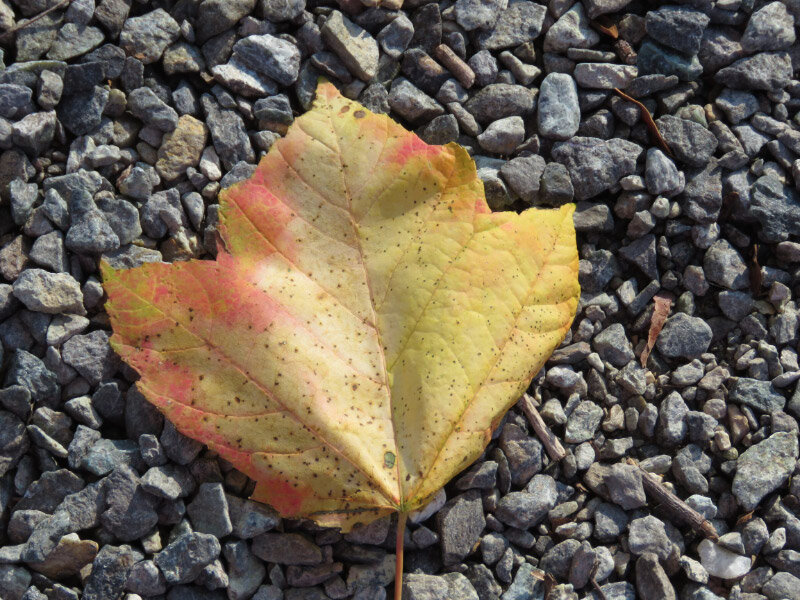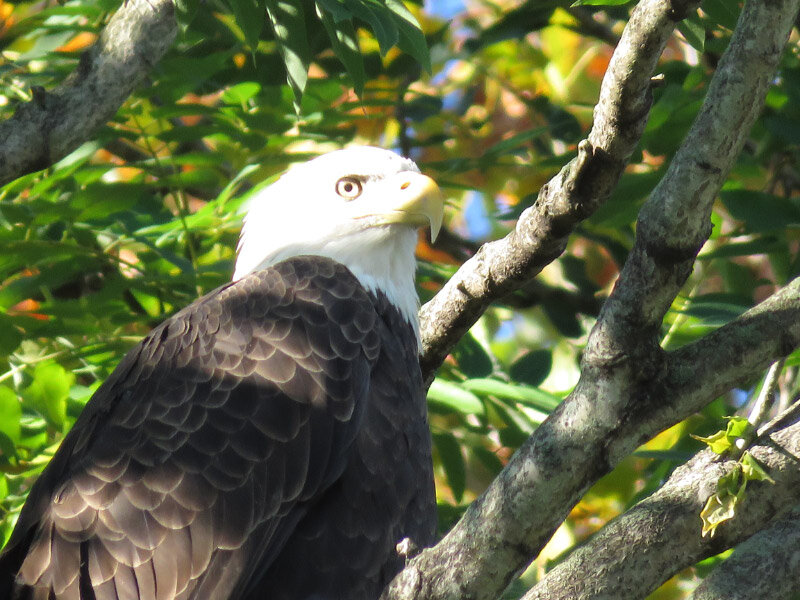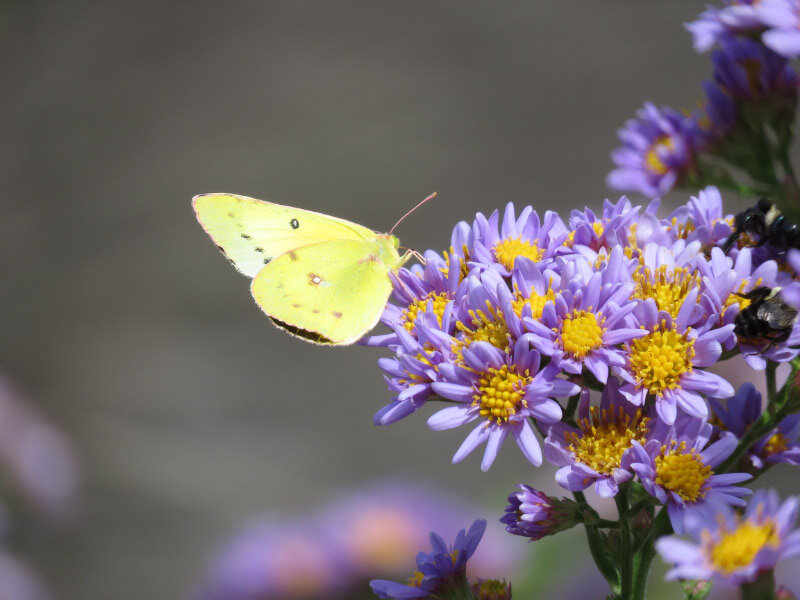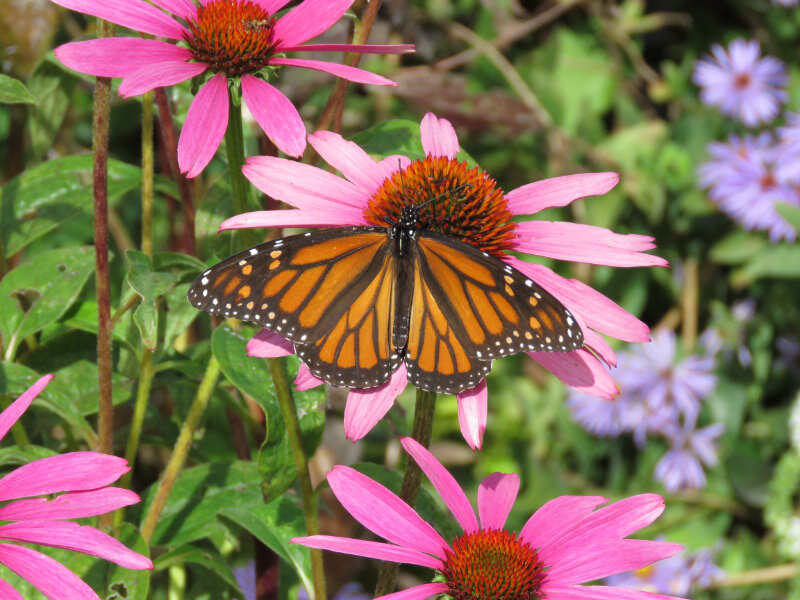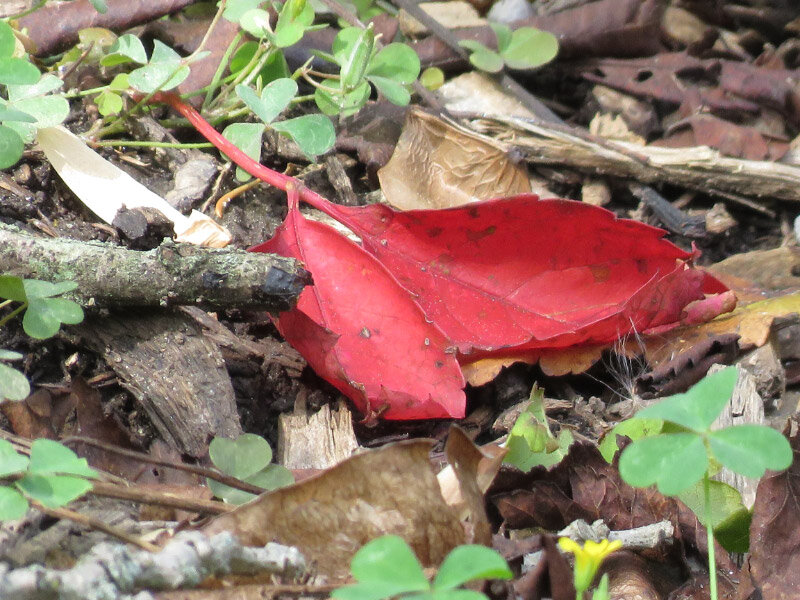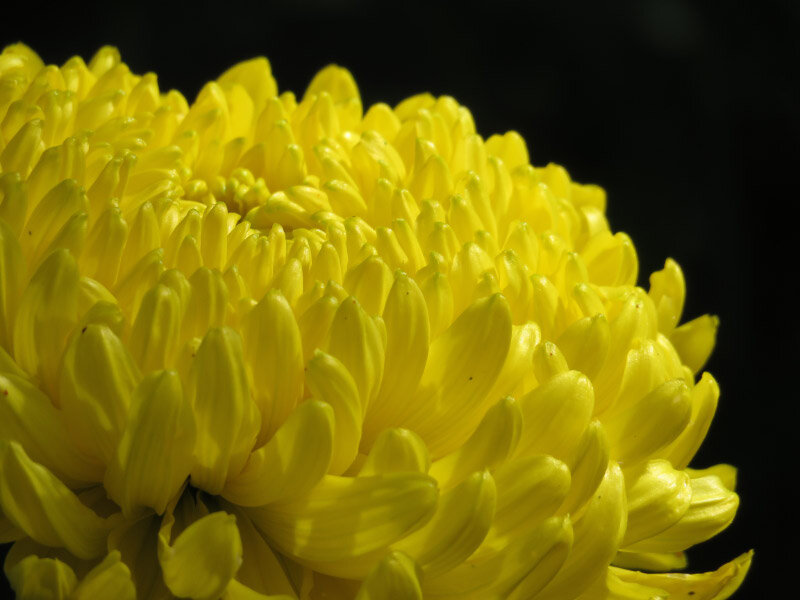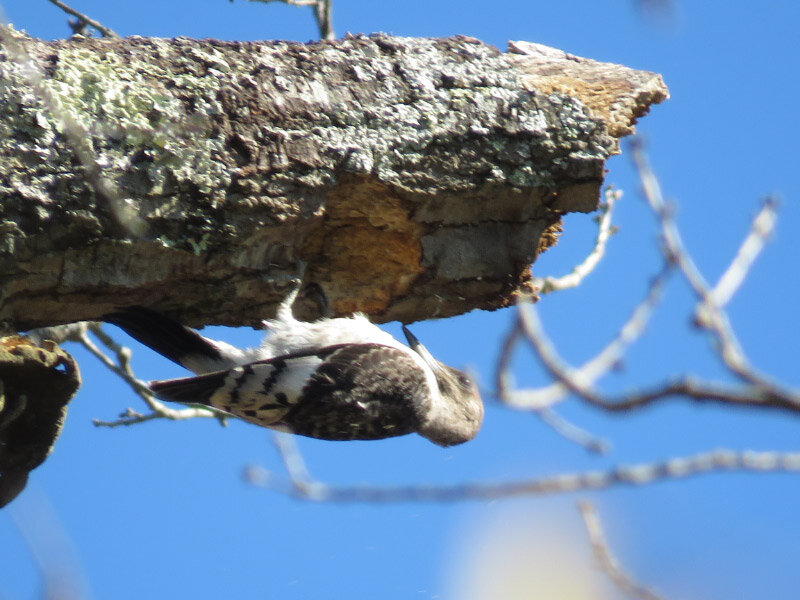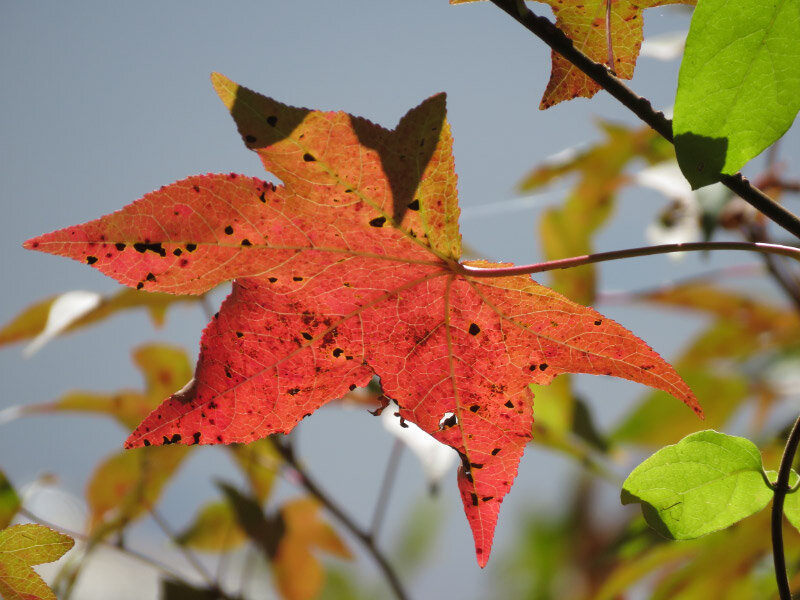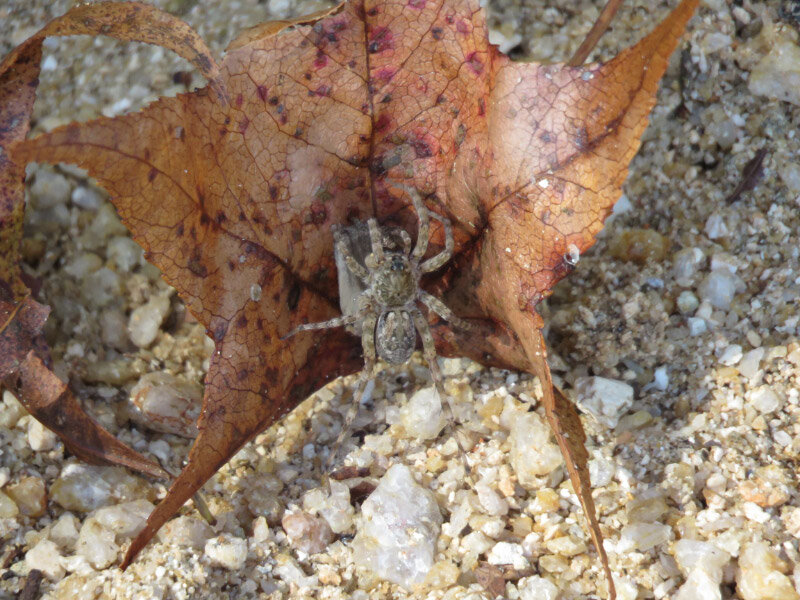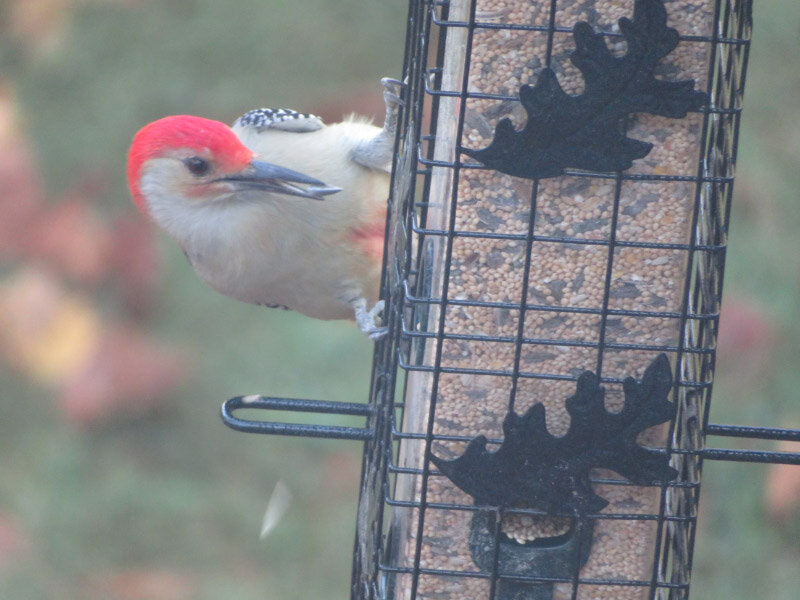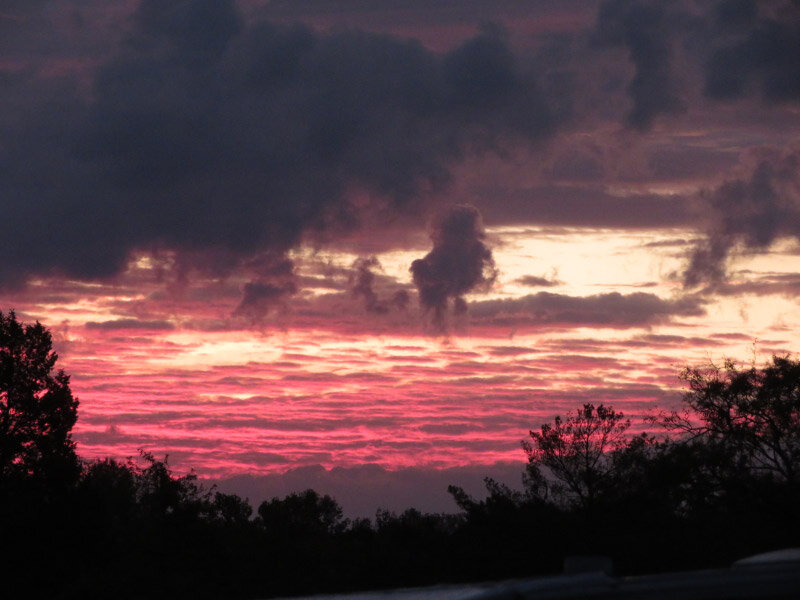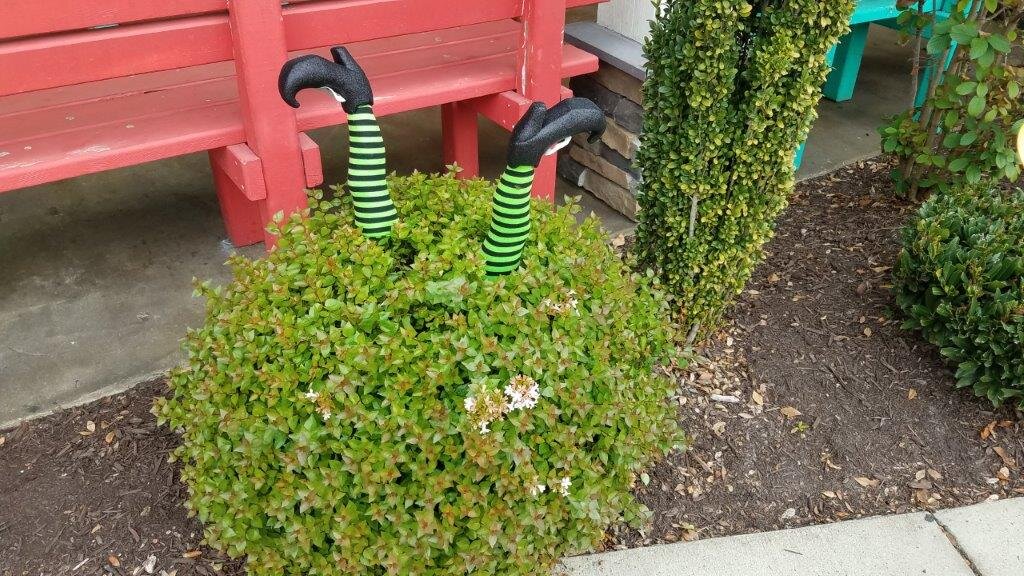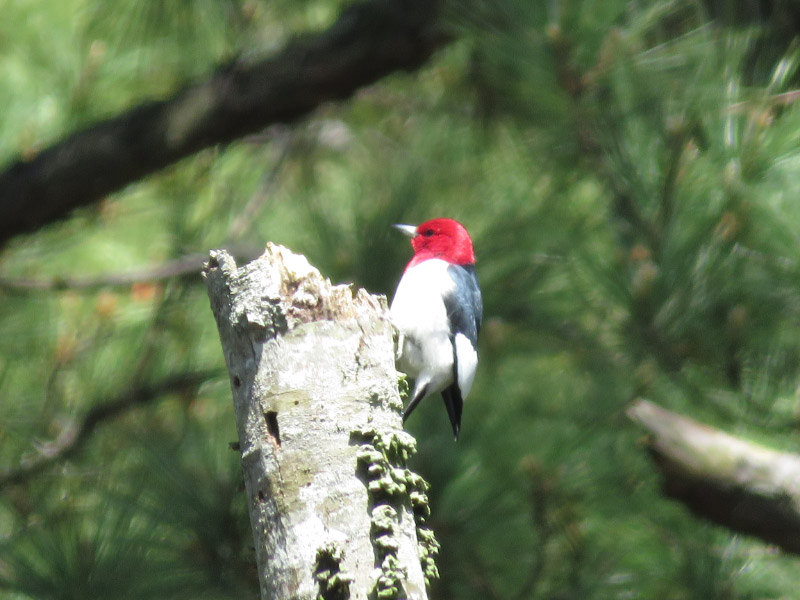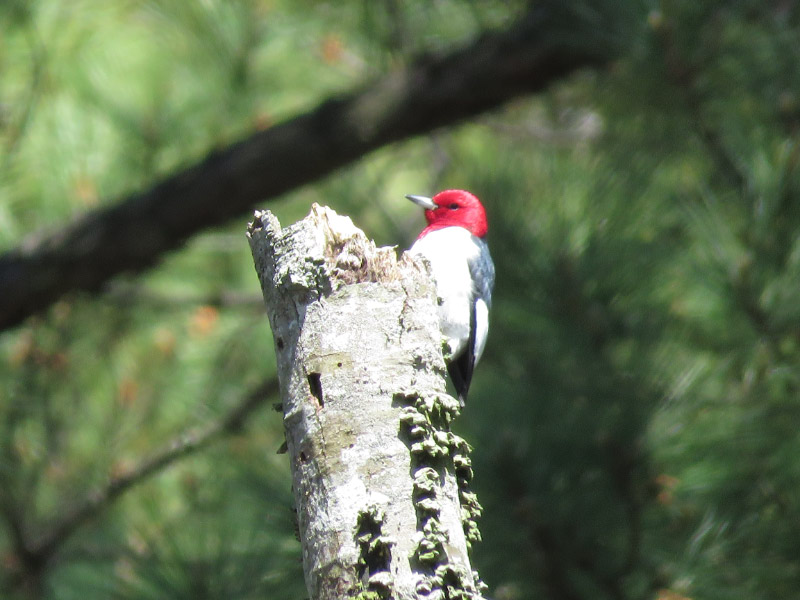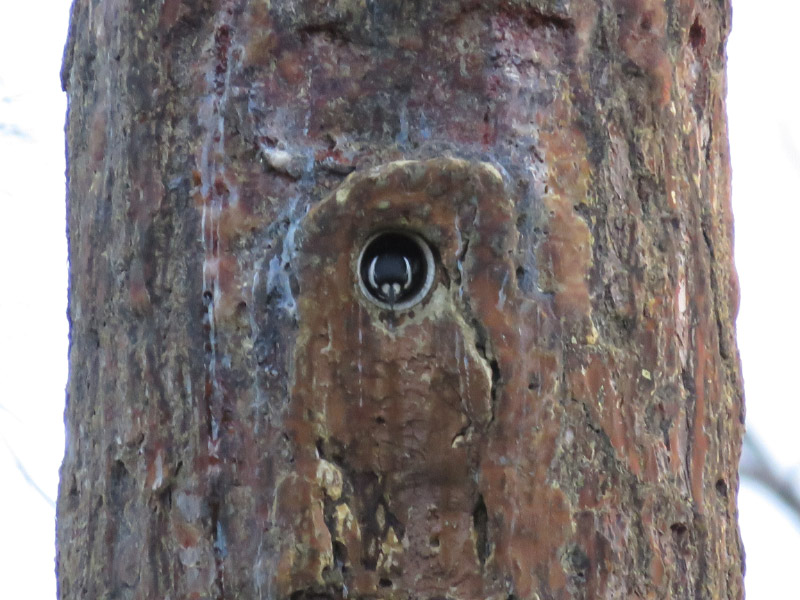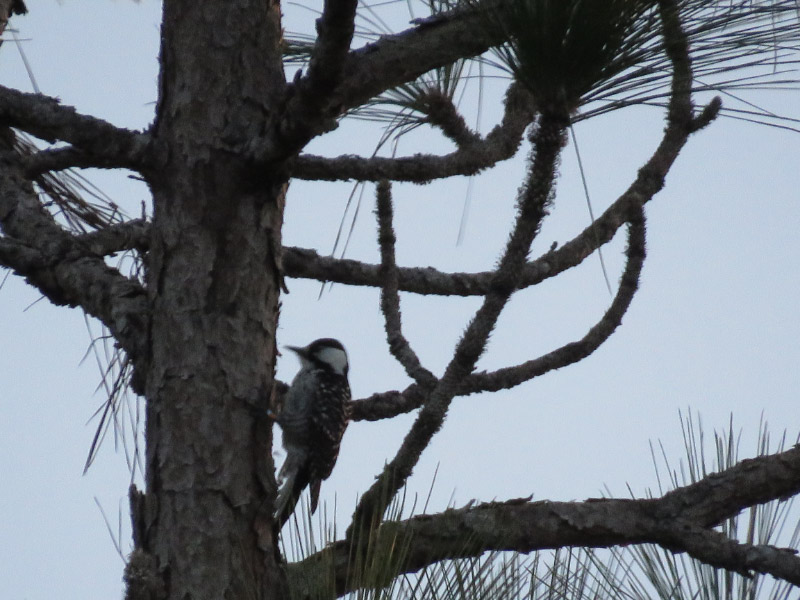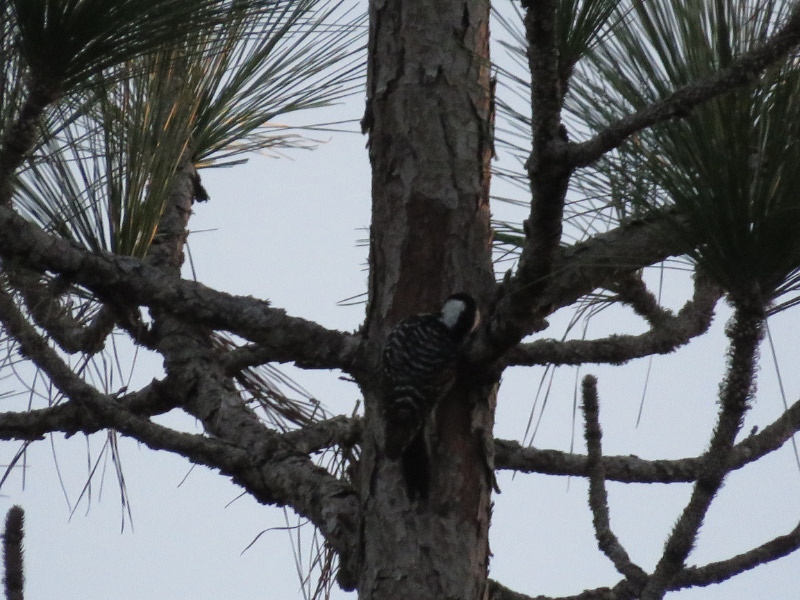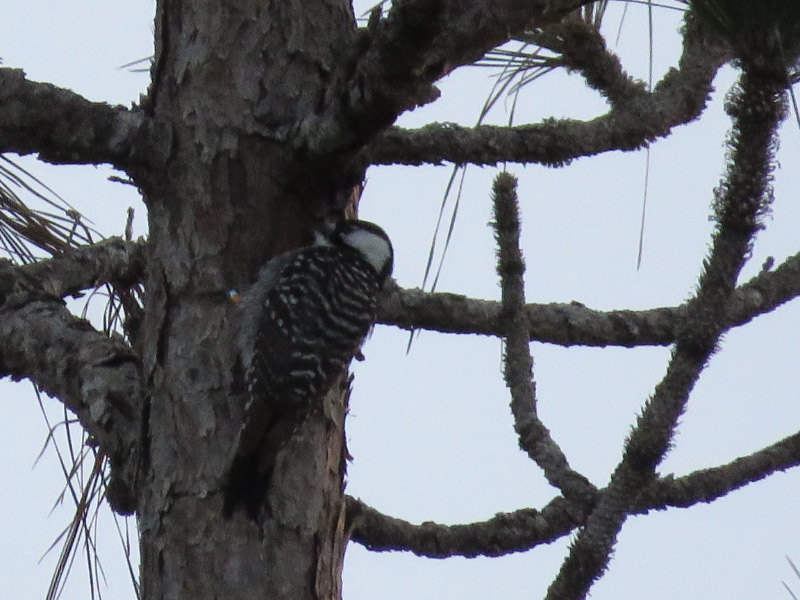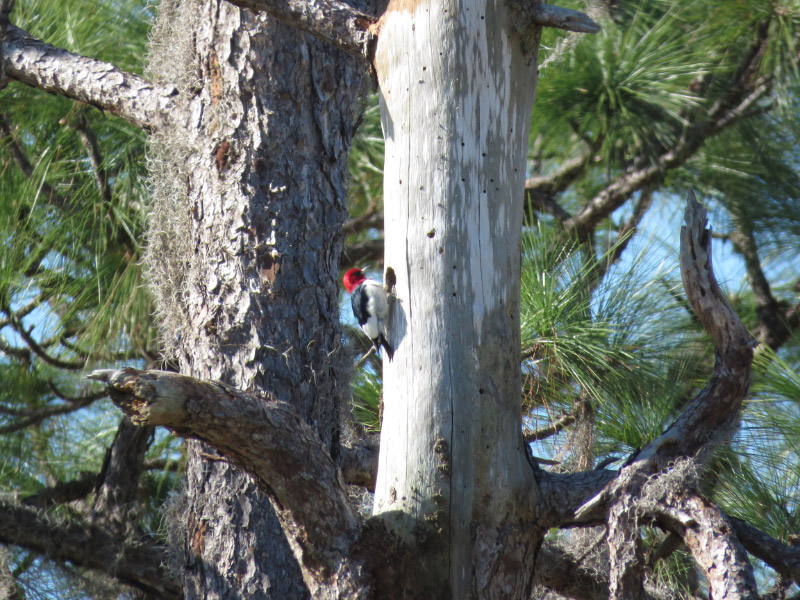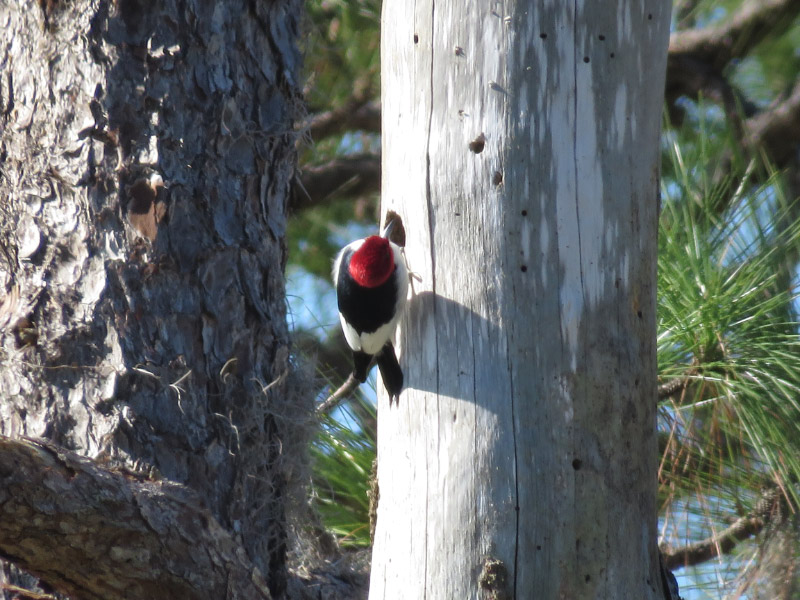Missouri Master Naturalist Training – Week 3
/Week 3 of my Missouri Master Naturalist Training included my first Springfield Plateau Chapter monthly meeting. There is not an equivalent to it in Maryland, so it was a new experience. The first part of the evening was networking over a potluck light dinner. I met a Master Naturalist that teaches high school biology and got some tips on my capstone project that is part of the training.
Then there was a lecture on prairie reconstruction/restoration on private land that started in the mid-1980s. The target was established by a land survey done in 1835 that noted the types and sizes of trees at ½ mile intervals. Most of the area around Springfield tended toward savannah (prairie with some trees). Most of the trees noted in the survey were oaks and hickories. There are 385 plant species now growing on the reconstructed prairie…that has a Floristic Quality Assessment score of 4.2 which compares favorably with other restored/reconstructed prairies in the area. But maybe the greatest joy is from seeing red-headed woodpeckers returned to some of the snags!
There was a short break before the business meeting (more networking). I learned a lot about the chapter from the business meeting…the committee reports were enlightening and I talked with 3 of the committee leads after the meeting. I already have my first Missouri Master Naturalist volunteer gig scheduled…and have ideas on the committees most relevant to the type of volunteering I want to do. There are hours to support the chapter too that I need to think about since that type of volunteer hours is not something I did in Maryland.


